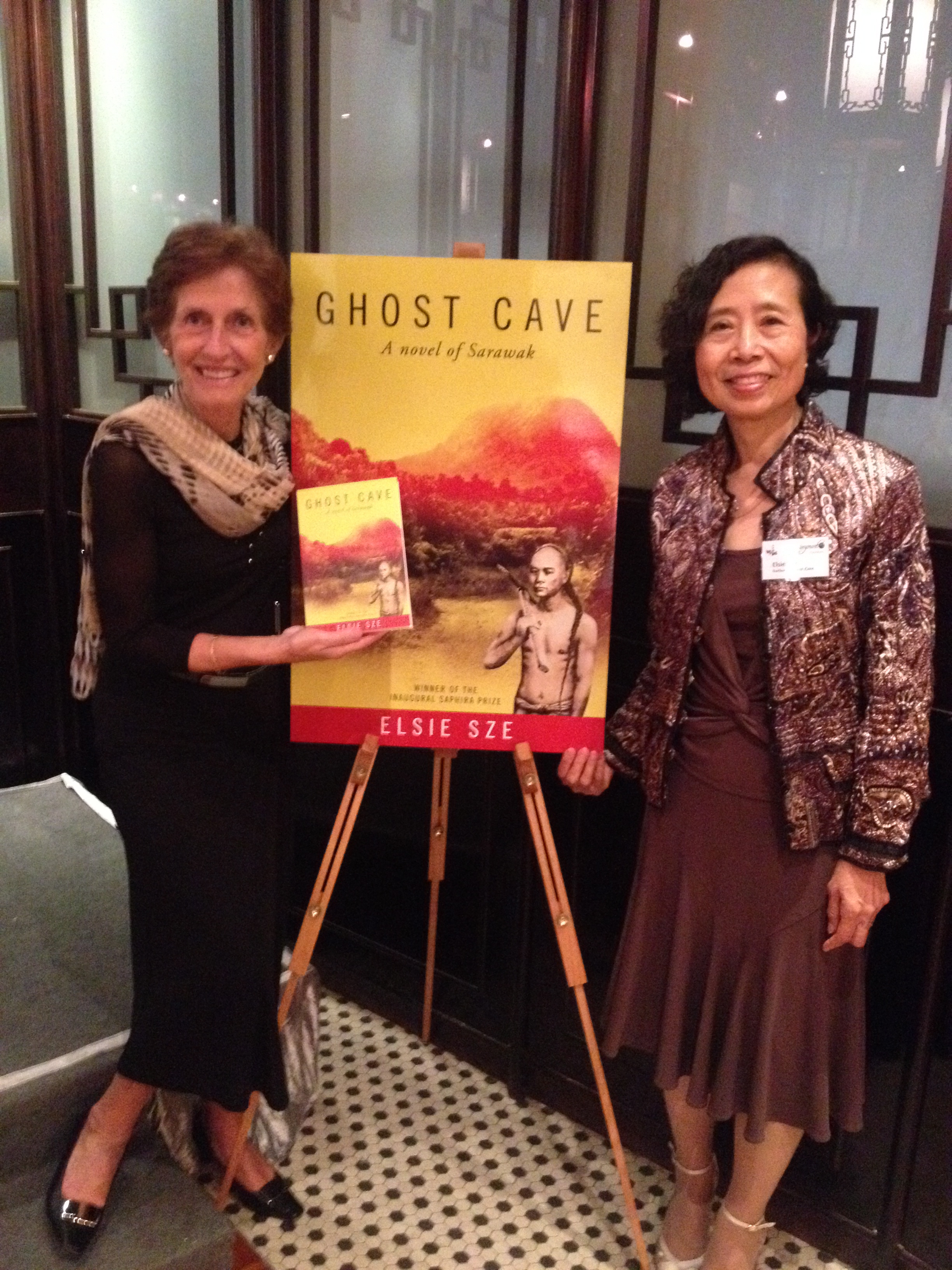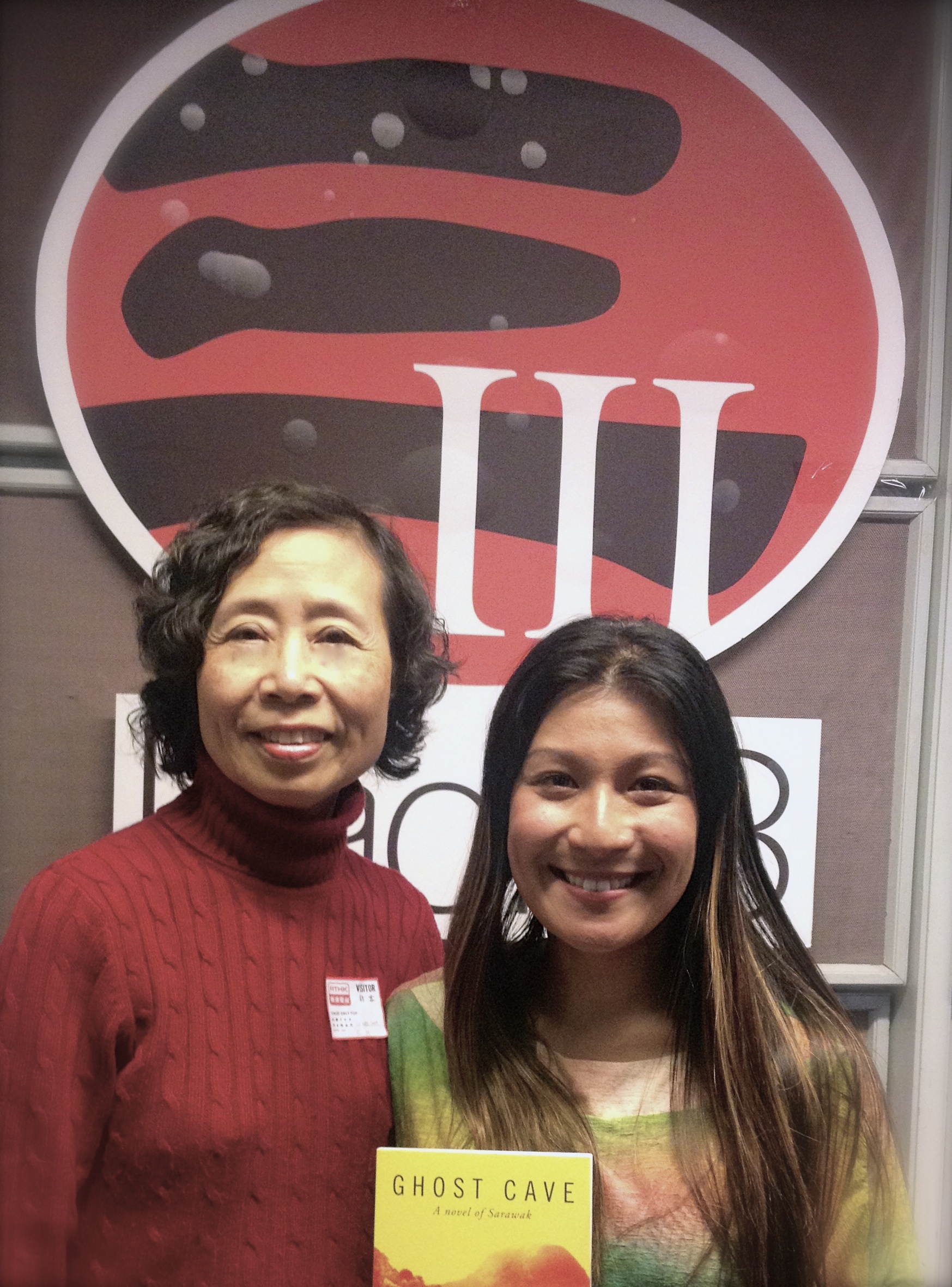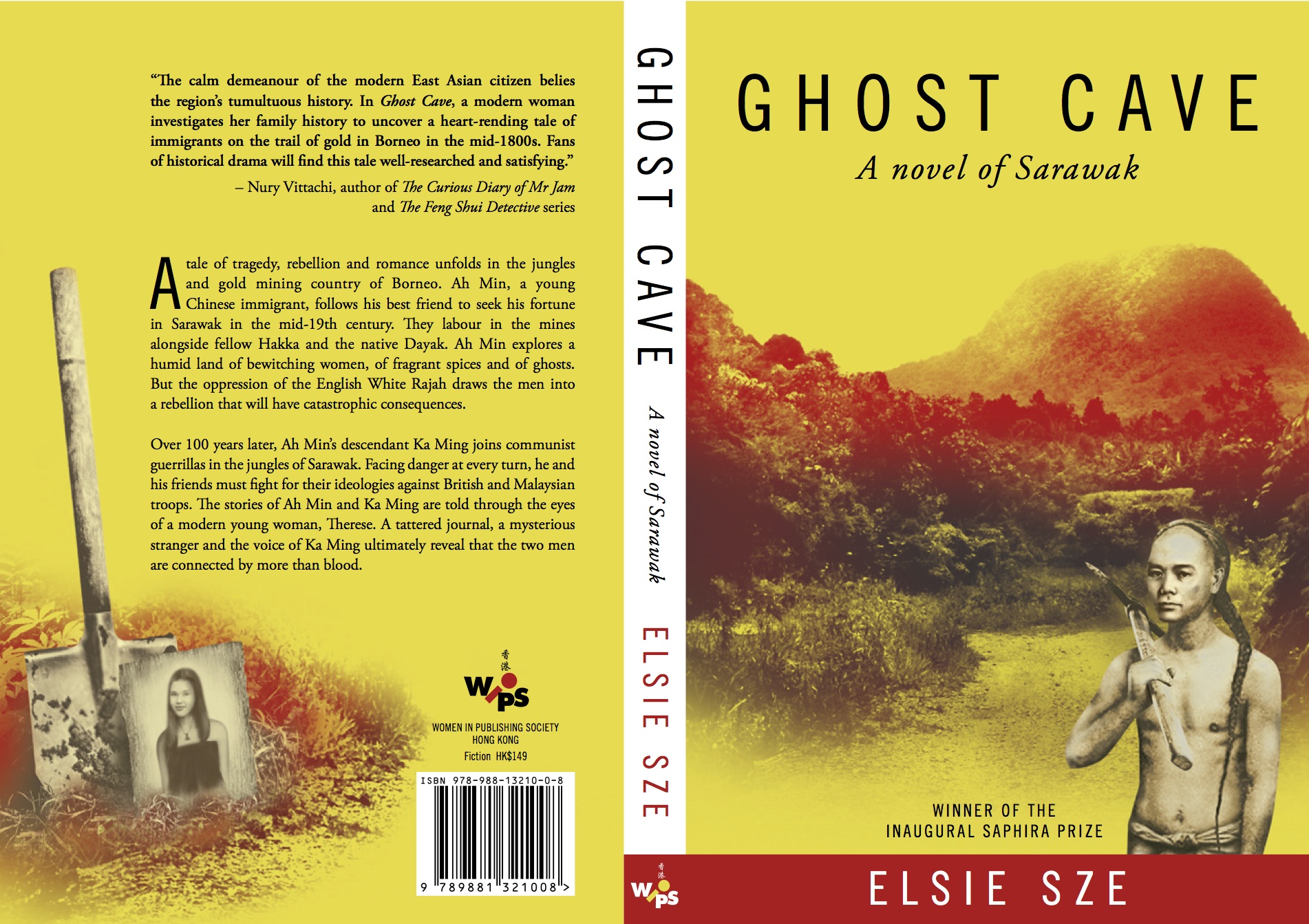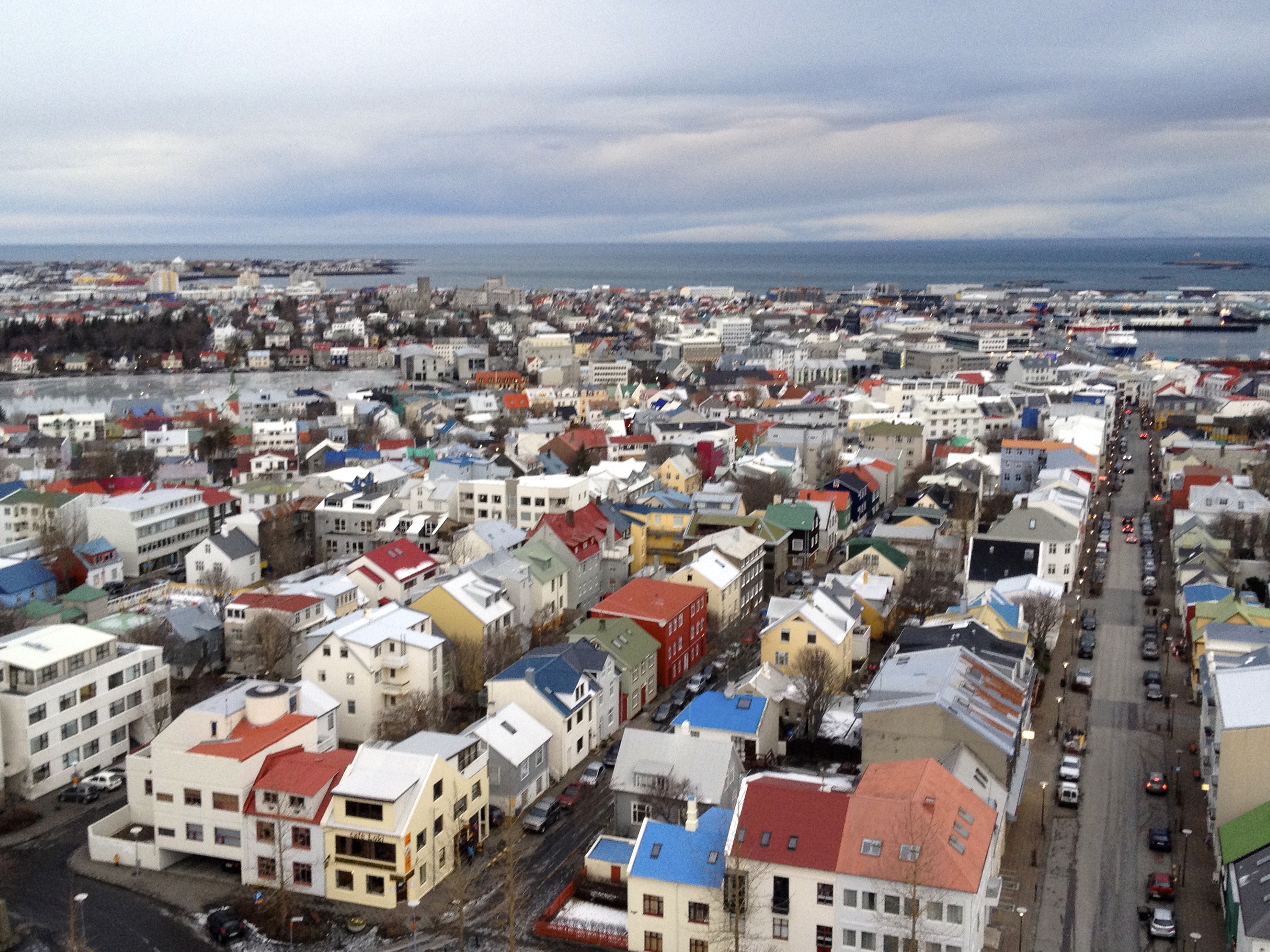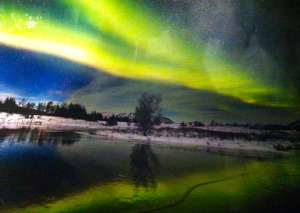He is beautiful and great
in his eternal yearning for the truth.
-- Goethe
I came upon the name Abai the first time I walked on the street bearing his name in Almaty in 2000 on my earliest visit to this biggest city in Kazakhtan. Abai Avenue dead-ended at a square also bearing Abai’s name, dominated by – guess what – the Abai Memorial, a 13.7 metre bronze statue of a standing Abai, his left arm gripping a book, the index finger marking a slightly-opened page. He had on a small round cloth cap, and a chapan covering his jacket and trousers. His somber face expressed the intensity of his thought, his thick eyebrows knitting into a vague frown as he gazed ahead. The first time I saw the statue, a bird was ensconced on his head. Since then, I have observed many times a bird making his head its comfortable resting place, or perhaps a vantage point from where to survey city traffic and passers-by.  Kazakh poet Abai (1845 - 1904)
Kazakh poet Abai (1845 - 1904)
Who then was Abai? Born in 1845, he was a Kazakh poet, thinker, philosopher, composer, social activist of his time, a literary icon of the Kazakh people, from a time when Kazakhstan was a part of the Russian Empire in the nineteenth century, to the present Republic born when the Soviet Union broke up over twenty years ago. On one of my visits to Almaty, I was given an anthology of Abai's works in English translation, Book of Words.
Born and raised in a nomadic, feudal environment in the Kazakh steppe, he was a man ahead of his time. Highly intellectual and educated, he revolutionized the oral traditions of Kazakh poetry. More importantly, he used his poetry as a medium for condemning the shackled hypocrisy and hidden ugliness of the ruling class in the Kazakh society of his day, attempting to bring his beloved Kazakh people spiritual liberation, teaching them the essential and permanent -- values of justice, loyalty, friendship, truth, and lamenting his failure to reach and change them. His later poetry breathes the disillusion and hopelessness of one with unfulfilled goals in the declining years of his life. These sentiments are poignantly expressed in Book of Words. Little did he know his works and thoughts were to illuminate the Kazakh national consciousness long after his death.
Don’t pick up the dombra,
don’t pluck the spell-binding strings.
Be still, heart, don’t beat so heavily,
tears are ready to well from the eyes.
There are sunny moments in this anthology. His profound depictions of the four seasons entitled Spring, Summer, Autumn, Winter are beautiful, unique verbal paintings of nineteenth century nomadic life in the Kazakh steppe. But my favourite is the poem of a hunter and his eagle on a fox hunt:
The hood was torn off,
its eyes were open and the golden eagle flew up.
If it flew low the fox would slip away,
so the eagle with the blood-lusting eyes shot upwards.
The fox froze when it saw the golden eagle.
It realized that it couldn’t escape by running.
Baring its teeth and gnashing them, its hackles raised,
it was ready to fight for its life.
These lines are in the first half of the poem. I was routing for the fox... but then I live in a different time, a different place from this renowned bard of Kazakhstan.
The timelessness, and universality, of Abai’s poetry is in the fundamental relevance of his warning and mourning for humanity today:
They don’t cherish the soul, but are polished on the outside.
Tight trousers and short cloaks—that’s all they know.
It doesn't come to their mind to pasture the flocks,
to work honestly, get rich and be useful to the people.
They roam round the auls driving their only horse till it sweats,
not botherig to give the correct greeting,
nodding from afar with a vacant, blissful smile.
 Thursday, April 3, 2014 at 03:14AM
Thursday, April 3, 2014 at 03:14AM 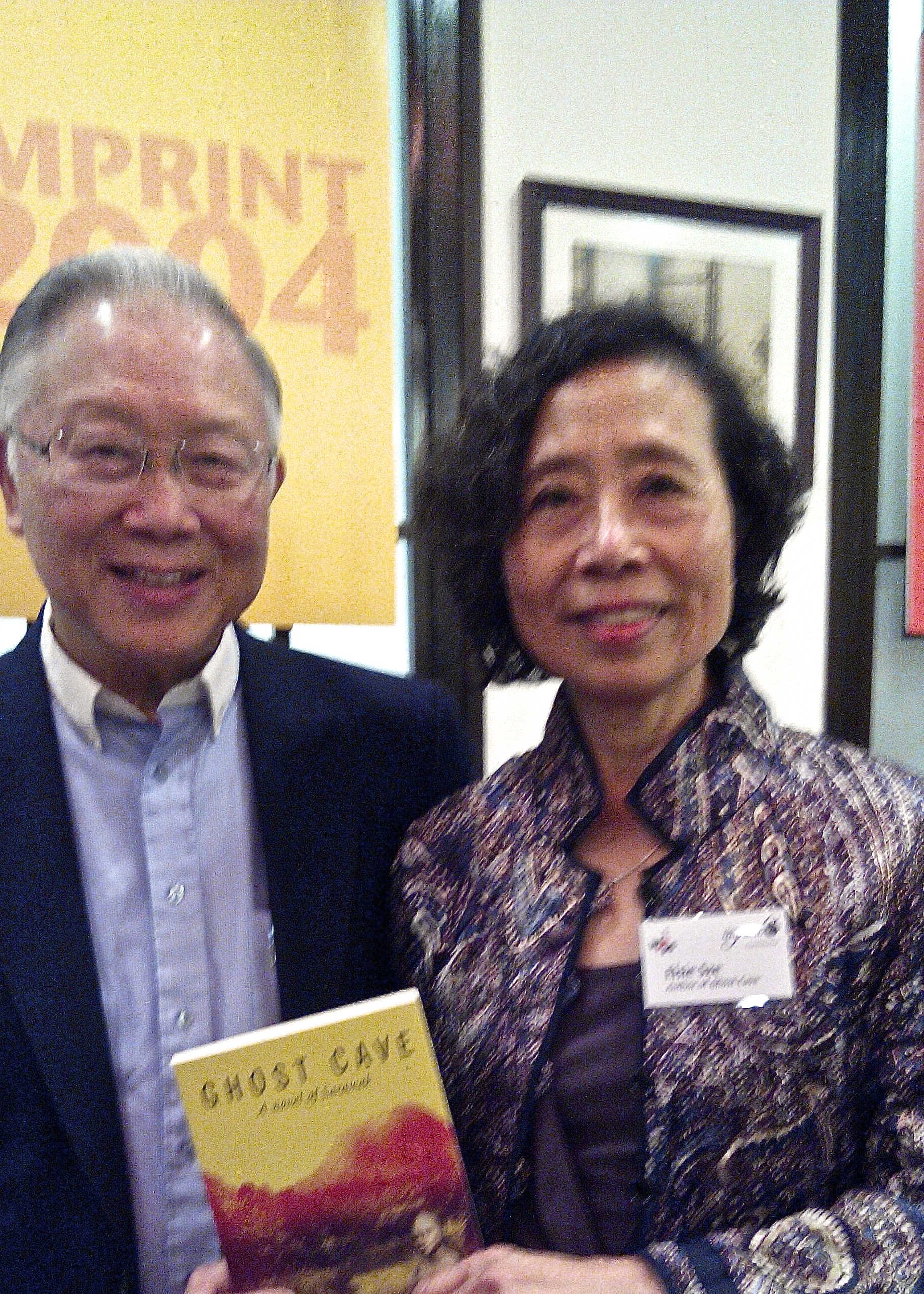 With Michael at the launch
With Michael at the launch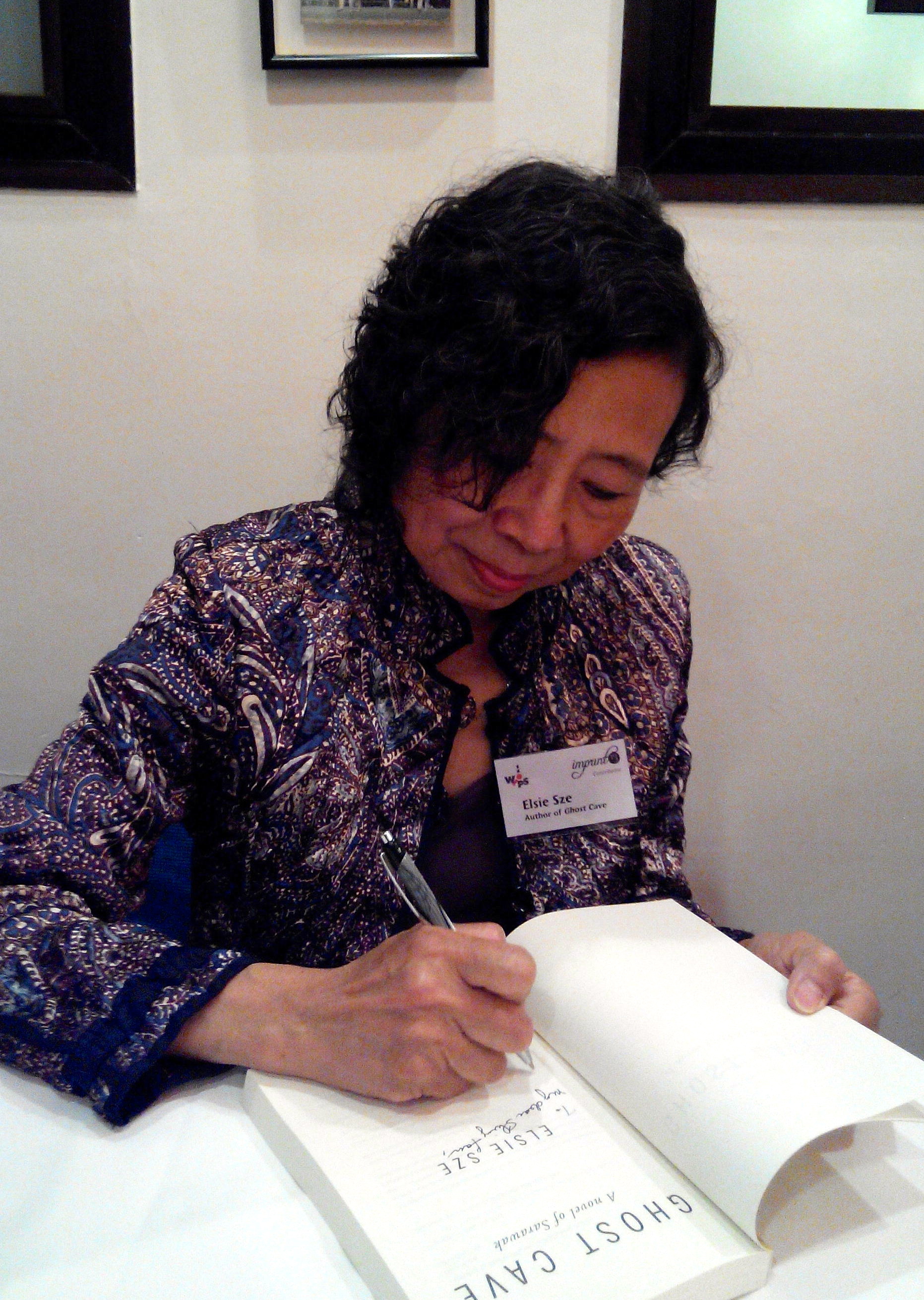 Book signing at the launch party
Book signing at the launch party Elsie |
Elsie |  Post a Comment |
Post a Comment | 